Day 3 - Part 1: Sacred Encounters at Pashupatinath
The morning air was thick with incense and devotion as I made my way to Pashupatinath Temple, one of the most sacred Hindu temples in the world. Located on the banks of the Bagmati River, this UNESCO World Heritage Site is dedicated to Lord Shiva and draws pilgrims from across the Indian subcontinent.
A Living Heritage Pashupatinath has been a site of worship for over a millennium, with the main temple's current structure dating back to 1692, though the site itself is believed to be far older. As a non-Hindu, I couldn't enter the main temple complex, but the sprawling grounds offered countless opportunities to witness the living traditions of Hinduism.
Meeting the Sadhus
What truly captivated me were the Sadhus – the holy men who have renounced worldly life in pursuit of spiritual liberation. These ascetics are considered living embodiments of devotion to Shiva, and Pashupatinath is one of the most important gathering places for them in Nepal.
The Sadhus I encountered were a mesmerizing sight. Their faces were adorned with elaborate patterns and colors, each hue carrying deep spiritual significance. The vibrant yellows and oranges represent the sacred color of Hinduism and the fire of spiritual transformation. White ash, or vibhuti, covers many of their faces and bodies – this sacred ash from cremation grounds symbolizes the temporary nature of the physical body and the eternal nature of the soul.
The tilaka marks on their foreheads vary in style and color. The vertical red lines often represent devotion to Shiva, while the three horizontal lines of ash are the tripundra, symbolizing the three aspects of reality in Hindu philosophy. Some Sadhus wore elaborate patterns of red dots and lines, each configuration denoting their particular sect or spiritual lineage.
Their matted hair, called jata, is never cut and is often piled high in elaborate buns or dreadlocks. This is in imitation of Lord Shiva himself, who is traditionally depicted with matted locks. Many wore rudraksha beads – sacred seeds from a tree found in the Himalayas – strung in multiple necklaces or wrapped around their wrists.
The colors of their clothing were equally symbolic. Saffron and orange robes represent the color of fire and spiritual quest, while some wore white, symbolizing purity and spiritual cleanliness. I noticed one Sadhu in particular with a magnificent leopard-print shawl – a reminder that Shiva is often depicted wearing tiger or leopard skins.
What struck me most was their presence. Some sat in deep meditation, seemingly oblivious to the crowds of tourists. Others engaged with visitors, offering blessings in exchange for small donations. Their weathered faces told stories of years, perhaps decades, spent in spiritual practice, often in the harsh conditions of the Himalayas or the burning grounds.
These holy men represent a tradition that stretches back thousands of years, an unbroken lineage of seekers who have given up everything – family, comfort, possessions – in their quest for moksha, liberation from the cycle of rebirth. To photograph them felt like documenting a living piece of ancient India and Nepal's spiritual heritage.
As I left Pashupatinath, the images of these remarkable individuals stayed with me – their painted faces, their serene expressions, their embodiment of a spiritual path that most of us can barely imagine. They were a profound reminder that alongside the modernity of Kathmandu exists a timeless spiritual tradition, very much alive and thriving.
To be continued in Day 3 - Part 2: Monkey Temple and Durbar Square
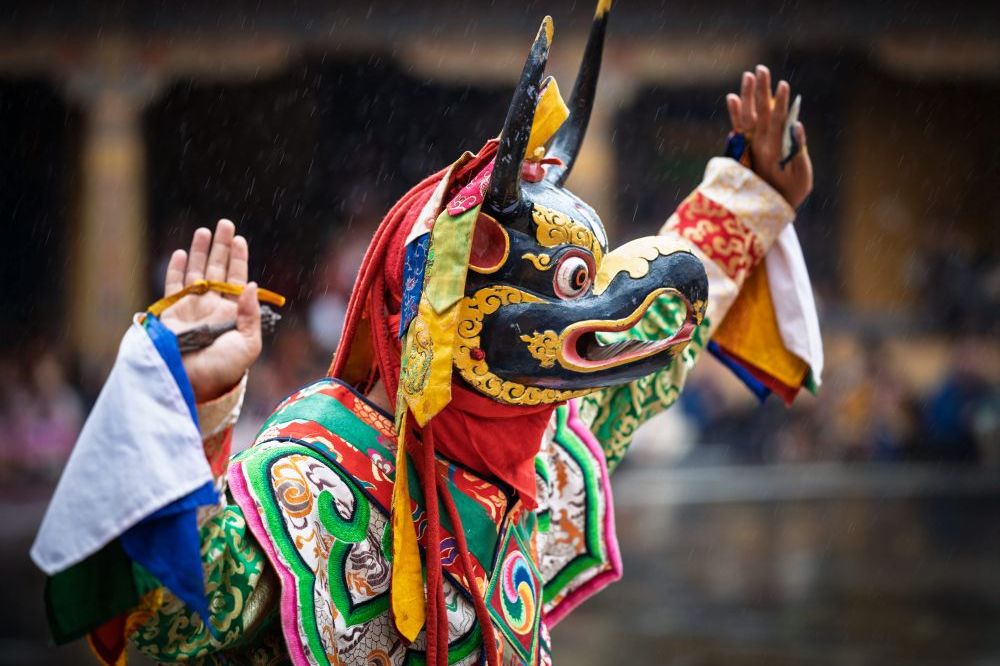

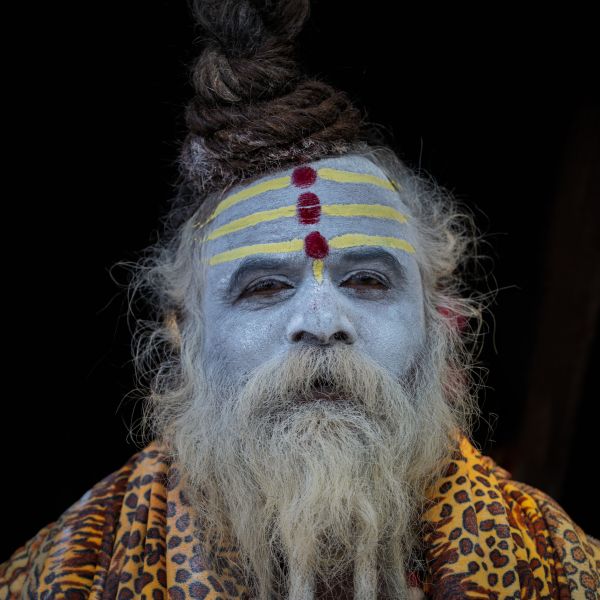
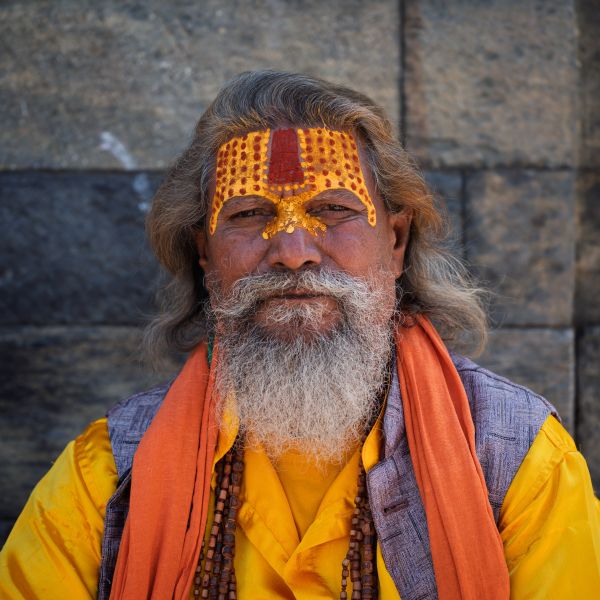
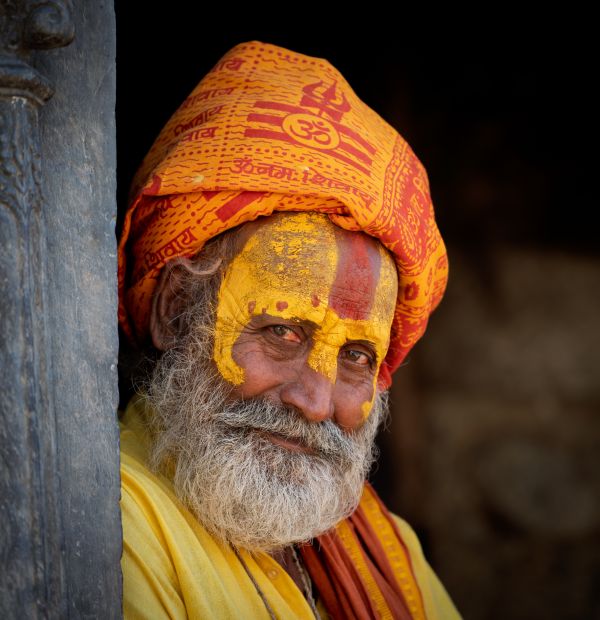
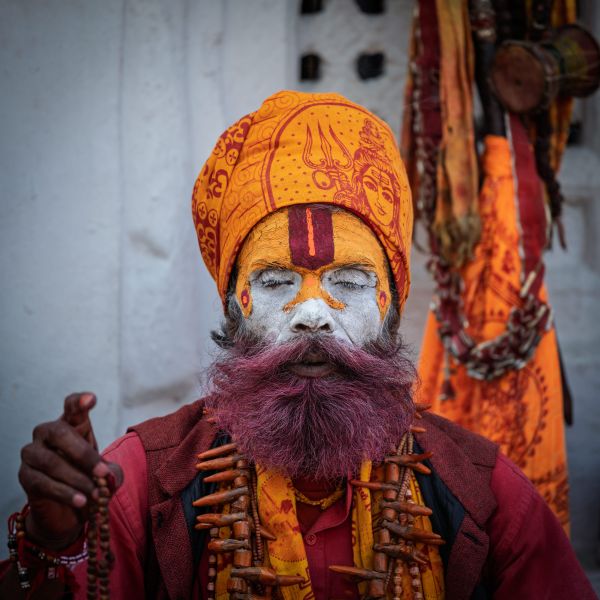
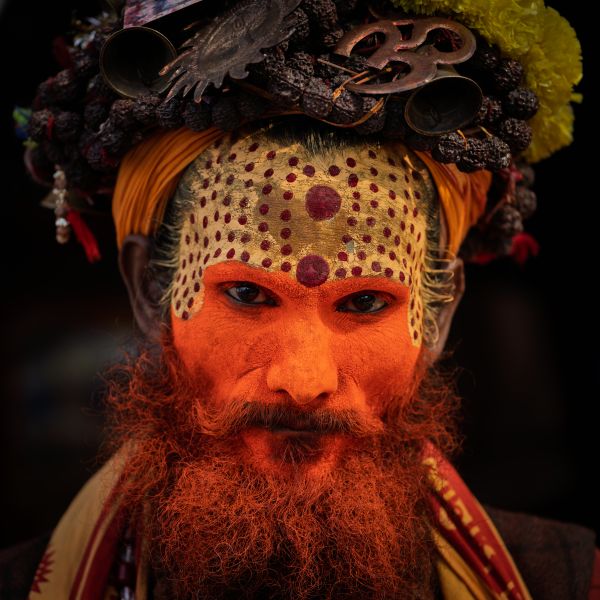
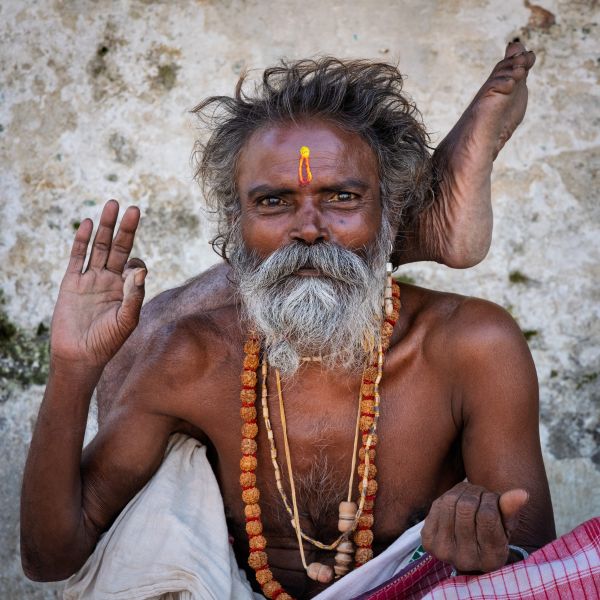
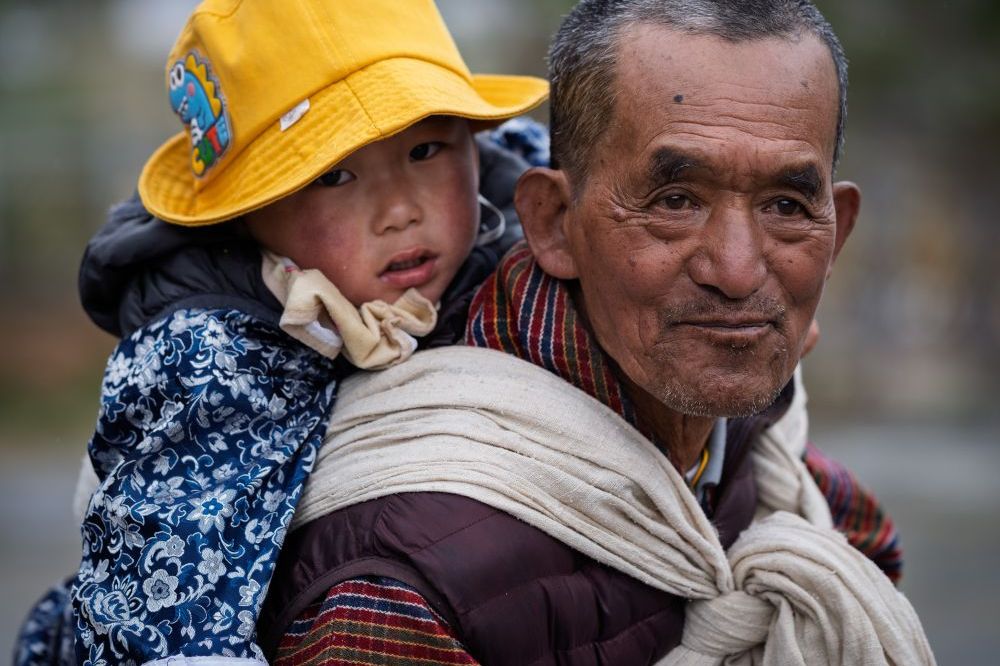
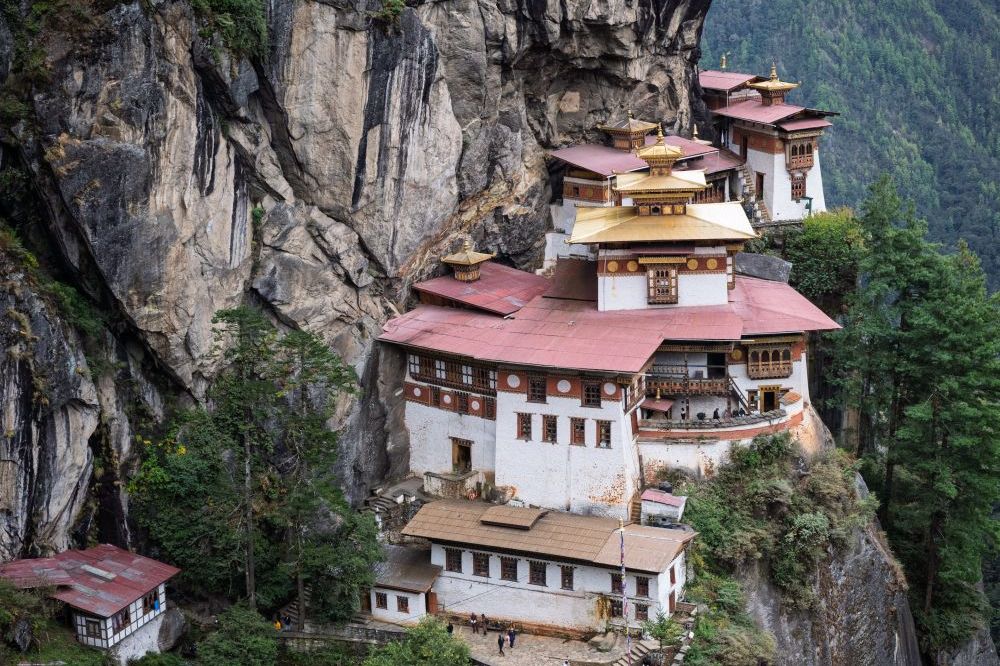
Leave A Comment
Please submit your comment below. No registration required.